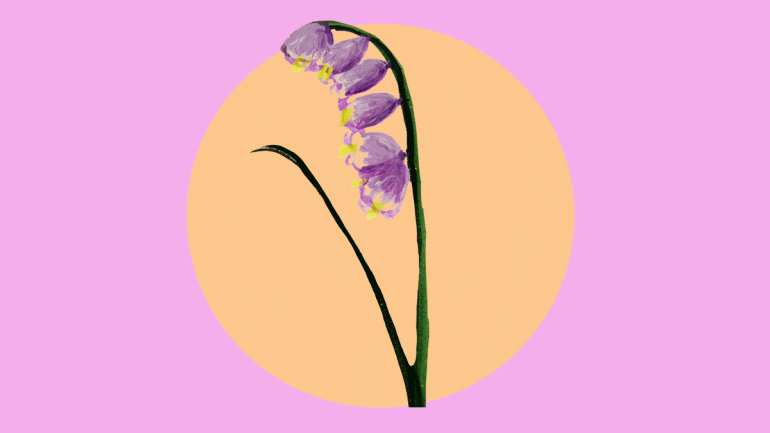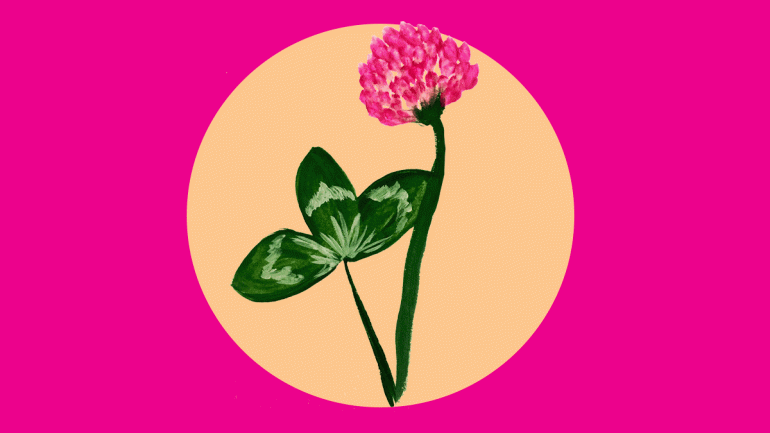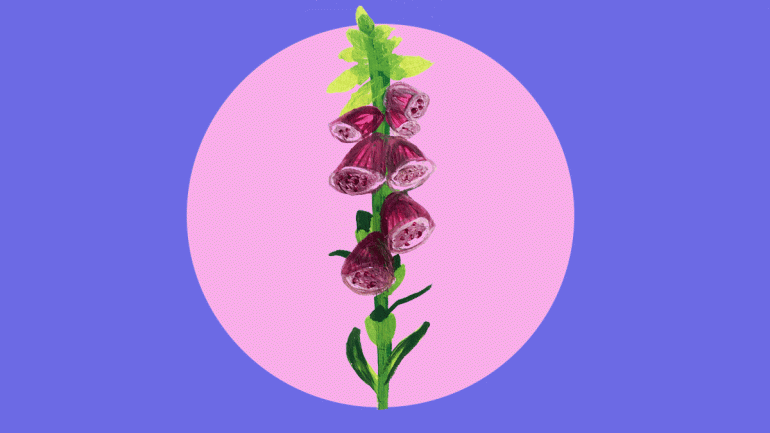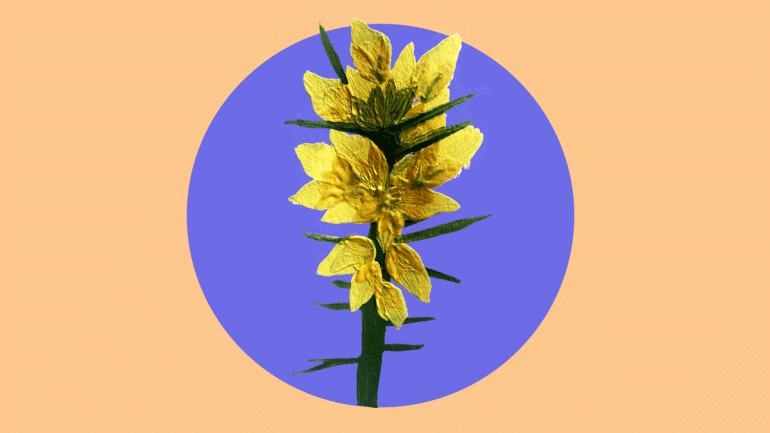With the changing seasons here at Henbant I’ve been admiring the wide variety of dominant plants that take over the meadows. Here are a few of the perennials I’ve noticed and a little bit about why perennials are so great.
Why are perennials so great?
Perennials stick around year after year. This means a deeper root system that can reach the un-reachable nutrients and water, which are then made available to other plants. Their spreading roots also improve soil structure and the plant often provides a cover for the soil as it dies back in autumn, preventing the soil from drying out.
Pretty powerful eh? That’s why we like to encourage them in permaculture design and regenerative gardening. And unless you’re having to cut back something like a huge gorse bush, they can take care of themselves – less work for you!
Did I mention how great perennials are?
Bracken

About bracken
Botanical name: Pteridium aquilinum
Availability: spring to autumn.
Life cycle: perennial with extensive rhizome system.
What can you do with bracken?
- Cut it back before it has spores.
Considered a weed in many places you might want to cut back your bracken, but make sure you do this in summer before the spores are in the air. - Use as livestock bedding and make the most of its large surface area and high absorbency. It’s worth mentioning that ingesting bracken can be poisonous for livestock, but they’re unlikely to eat it if they have another food supply (DONNEtex).
- Use it as a mulch for winter soil protection.
- I’d be tempted to press the leaves and frame them – they’re so beautiful!
Bluebell

About bluebells
Botanical name: Hyacinthoides non-scripta
Availability: flowers in spring.
Life cycle: bulbous perennial.
What can you do with bluebells?
- Leave it exactly where it is.
The bluebell is protected under the Wildlife and Countryside Act (1981). This means digging up the plant or bulb in the countryside is prohibited and landowners are prohibited from removing bluebells from their land to sell. Visit Woodland Trust for more information.
Red clover

About red clover
Botanical name: Trifolium pratense
Availability: flowers in spring and summer.
Life cycle: erect or creeping annuals, biennials and herbaceous perennials.
What can you do with red clover?
- Use it in herbal medicine to treat respiratory and skin disorders (plantlife.org).
- Allow your cattle to graze on it.
- Decorate your cakes or salads with the edible flowers.
Foxglove

About foxgloves
Botanical name: Digitalis purpurea
Availability: flowers in summer.
Life cycle: biennial or usually short-lived perennial.
What can you do with foxgloves?
- Leave them for the bumblebees, moths and Honeybees.
- It’s tempting to add these beautiful tall stems to your flower arrangements, but they’re very poisonous when ingested – so make sure they’re out of reach of children (wildlifetrusts.org).
Gorse

About common gorse
Botanical name: Ulex europaeus
Availability: flowers in winter and spring.
Life cycle: evergreen shrub.
What can you do with gorse?
- Leave them as shelter and food for many insects and birds.
- Eat the tender young flowers in spring (I think they taste a bit like peas) and pickle the buds like capers. Don’t over-eat them as they contain slightly toxic alkaloids (eattheweeds.com).
- Use any cut-back/broken branches as kindling as gorse is highly flammable.
Aren’t we just talking about weeds?
Yes. But really, what is a weed? I’ll let you ponder on that one.

Leave a comment